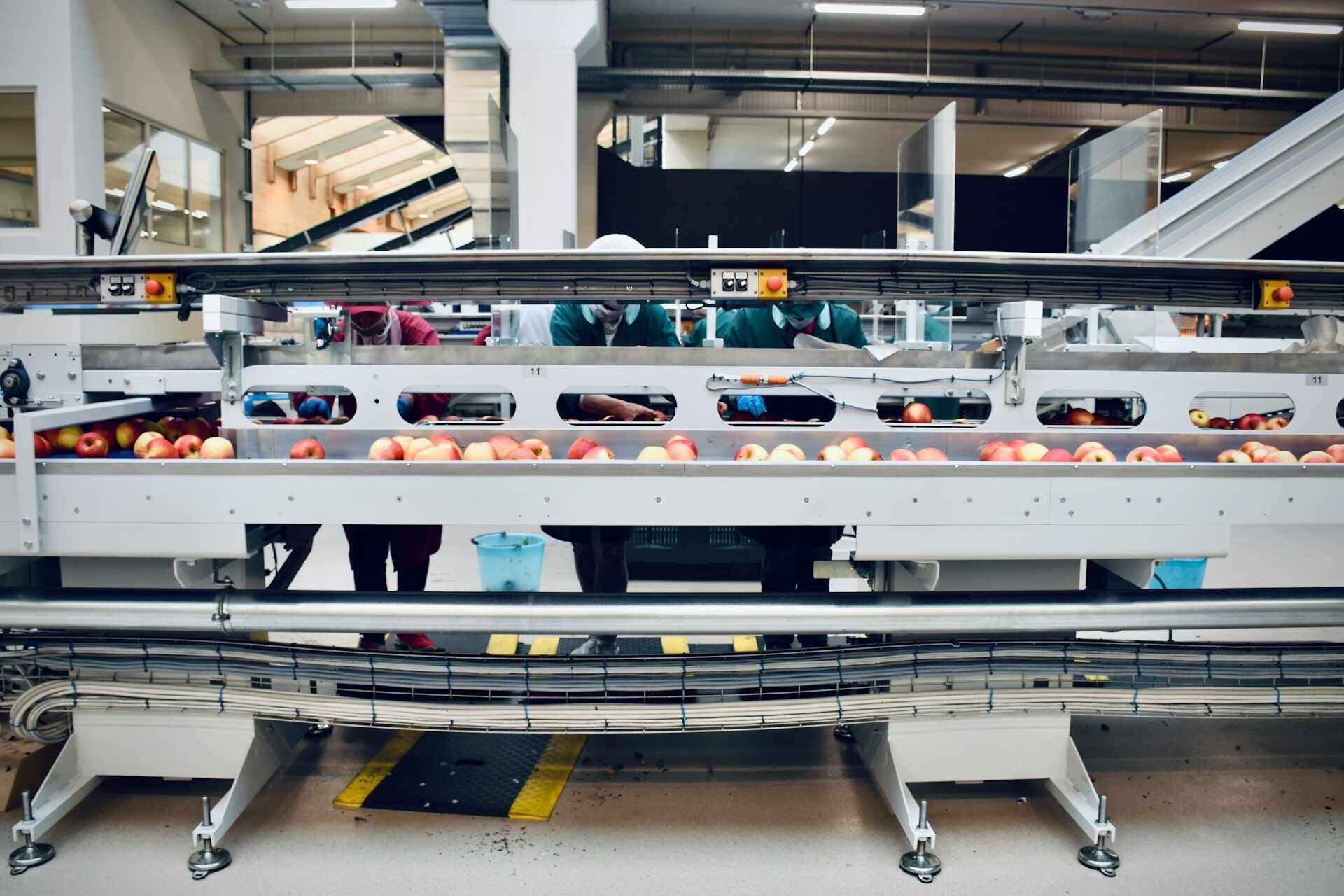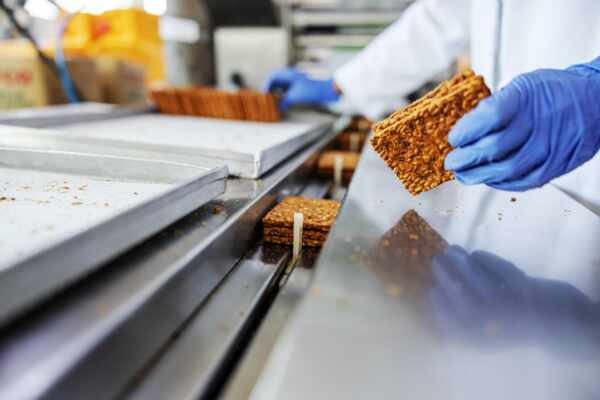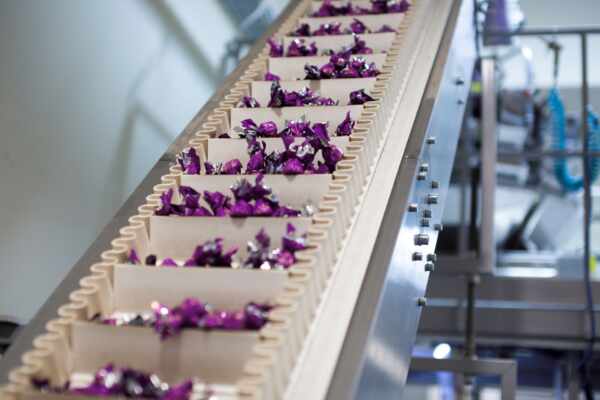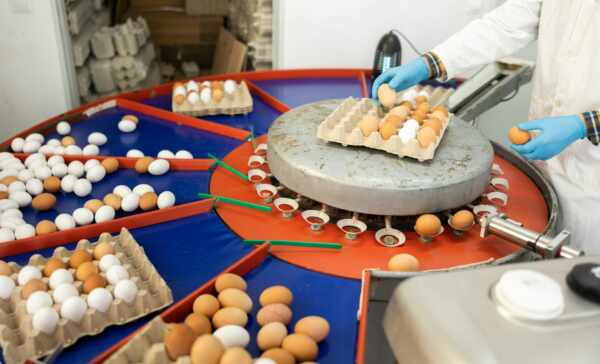Conveyor belts are the backbone of many manufacturing facilities and industrial operations, providing an efficient means of transporting goods and materials. However, with constant use, conveyor belts can wear out or suffer damage, significantly impacting their performance and productivity. In these situations, the crucial decision arises: should you repair or replace the conveyor belt? The answer is not always straightforward and depends on a range of factors to ensure a cost-effective and efficient solution.
In this blog, we will dive into the factors that you must consider when deciding between repairing or replacing your conveyor belt, enabling you to make an informed decision that is best suited to your business needs in 2024. We will discuss essential aspects, such as the type of conveyor belt, the severity of the damage, your budgetary constraints, and potential downtime implications.
By examining the pros and cons of repair and replacement, we aim to help you understand how to approach conveyor belt maintenance strategically, ensuring that your conveyor systems continue running efficiently while minimising downtime, costs, and complications. As conveyor belt specialists, we are here to guide you along this decision-making process and provide the tools and insights needed for optimal outcomes in your facility.
Assessing the Type and Severity of Conveyor Belt Damage
The first step in deciding between repair and replacement is to evaluate the specific type and severity of the damage your conveyor belt has sustained. Some common types of damage include:
- Surface Wear: Minor surface wear can often be repaired through processes such as hot or cold vulcanisation, ensuring the longevity of the conveyor belt without requiring full replacement.
- Slashes and Punctures: Deep cuts or punctures may require more extensive repairs or even replacement, depending on the extent of the damage and the integrity of the conveyor belt.
- Frayed Edges and Delamination: Issues like frayed edges or delamination may indicate an underlying problem with the structure of the belt, necessitating a more in-depth assessment and potential replacement.
Budgetary Constraints and Return on Investment
When weighing the options of repair versus replacement, consider your facility’s budgetary constraints and the expected return on investment from either decision. Key factors to ponder include:
- Cost of Repairs: Assess the expense associated with repairing your conveyor belt, taking into account factors such as labour, materials, and downtime.
- Cost of Replacement: Consider the expense of purchasing and installing a new conveyor belt, including potential adjustments to existing equipment and infrastructure.
- Longevity and Performance: Factor in the expected lifespan of the repaired conveyor belt or new installation, as well as any improvements in efficiency or performance.
Downtime Implications and Operational Efficiency
Minimising downtime in your facility is essential to maintaining productivity and reducing losses. When deciding between repair and replacement, consider the impact on operational efficiency and the resulting downtime:
- Repair Time: Assess the time required to complete necessary repairs and the associated impact on production schedules and deadlines.
- Replacement Time: Gauge the installation time for a new conveyor belt system, including any necessary adjustments to existing equipment and infrastructure.
- Future Maintenance Needs: Factor in the likelihood of additional maintenance requirements for a repaired belt, as well as the time and expense associated with future repairs or updates.
Environmental Impact and Sustainability
In today’s environmentally conscious landscape, sustainability is increasingly important in decision making. When considering repair or replacement options for your conveyor belt, weigh the environmental impact of each option:
- Resource Usage: Assess the materials and energy required for repair or replacement, aiming to minimise waste and environmental impact.
- Disposal Considerations: Evaluate the environmental consequences of disposing of damaged conveyor belt components or entire belts if replacement is chosen.
- Long-Term Sustainability: Factor in the expected lifespan and performance of the repaired or replaced conveyor belt, ensuring that the most environmentally sustainable decision is made for your facility.
Conclusion
Deciding between repairing or replacing a damaged conveyor belt can be challenging, with various factors to consider, such as the severity of damage, budgetary constraints, downtime implications, and environmental impact. By assessing these factors and weighing the pros and cons of each option, you can make a well-informed decision that best aligns with your facility’s unique needs in 2024 and beyond.
If you’re faced with the decision to repair or replace your conveyor belt, Change Parts Pty Ltd is here to assist you with guidance and support. We understand the intricacies of conveyor belt maintenance and decision making and are dedicated to helping you navigate this process with ease, ensuring your facility remains efficient, productive, and prepared for the future.




